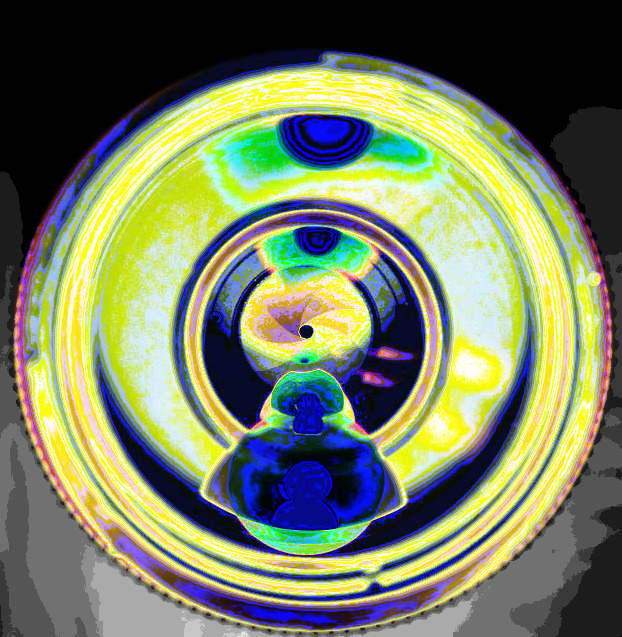Daytime astronomy tested
 Macquarie University's multi-lens telescope enables daytime astronomy.
Macquarie University's multi-lens telescope enables daytime astronomy.
Macquarie astronomers have developed a groundbreaking technique for daytime astronomy observations tested using the Huntsman Telescope.
Innovative research, published today in the Publications of the Astronomical Society of Australia, demonstrates the telescope's ability to observe celestial objects even when the Sun is high overhead.
The Huntsman Telescope, a unique array of ten camera lenses, was initially designed for ultra-sensitive night sky observations.
It can now accurately measure stars, satellites, and other targets during the day by using special 'broad band' filters.
These filters block most daylight while allowing specific wavelengths from celestial objects to pass through.
“People have tried observing stars and satellites in optical wavelengths during the day for centuries, but it has been very difficult to do. But our tests show Huntsman can achieve remarkable results in daylight hours,” says Sarah Caddy, the lead author and an astrophysics PhD candidate who helped design and build the Huntsman Telescope.
The telescope's daytime capability is particularly advantageous for monitoring bright stars like Betelgeuse, which can be unobservable at night for months when positioned close to the Sun.
Betelgeuse experienced significant dimming from late 2019 through 2020, likely due to a major ejection of gas and dust.
“Without this daytime mode, we'd have no idea if one of the brightest stars in the sky has gone supernova until a few months after its explosive light reached Earth,” says Associate Professor Lee Spitler, co-author and Head of Space Projects at Macquarie's Australian Astronomical Optics (AAO).
The study also has significant implications for space situational awareness (SSA).
This field involves the close monitoring of the increasing population of satellites, space debris, and other artificial objects orbiting Earth.
With plans to launch 50,000 low Earth orbit satellites over the next decade, there is a pressing need for continuous detection and tracking of these objects.
“Opening up to daytime observation of satellites allows us to monitor not just where they are, but also their orientation, and adds to the information we get from radar and other monitoring methods, protecting against potential collisions,” Caddy explained.
“Being able to do accurate, round-the-clock observations shatters longstanding restrictions on when astronomers can scan the heavens. Daytime astronomy will be increasingly critical as we enter the next Space Age,” Spitler said.








 Print
Print